How Does a Squat Suit Improve Performance?
When it comes to powerlifting, every lifter understands the importance of optimizing performance. A key component of achieving maximum power is the use of a squat suit. A squat suit is a specialized piece of supportive equipment designed to enhance performance during the squat movement, one of the three main lifts in powerlifting alongside the bench press and deadlift.
The primary way in which a squat suit improves performance is by providing increased stability and support to the lifter's body. Made from durable and elastic materials such as neoprene or polyester, a squat suit fits tightly around the lifter's hips, thighs, and lower back. This tight fit creates a supportive "spring-like" effect that helps the lifter generate more power and force during the squat motion.
One of the main benefits of wearing a squat suit is the transfer of energy. As the lifter descends into the squat, the suit stores potential energy in the compressed fabric. When the lifter reaches the bottom of the squat and begins to ascend, the stored energy is released, effectively "rebounding" the lifter out of the hole. This rebound effect allows for greater explosiveness and speed during the ascent portion of the lift, resulting in enhanced performance.
In addition to the energy transfer, a squat suit also provides vital support to the lifter's musculature. The compression provided by the suit helps stabilize the hips and lower back, reducing the risk of injury during heavy lifts. By reinforcing the lifter's body, the suit allows them to maintain proper form and technique throughout the squat, ensuring optimal force production and minimizing the chance of muscle strain or joint misalignment.
Furthermore, a squat suit can help with proprioception, which refers to the lifter's sense of positioning and movement awareness. The tight fit of the suit provides sensory feedback, enabling the lifter to have a better understanding of their body position and alignment during the lift. This enhanced proprioception allows for more precise movement patterns, leading to improved power output and overall lifting performance.
It is crucial to note that wearing a squat suit isn't about relying solely on the equipment to lift heavier weights. Rather, it is a tool that complements the lifter's natural strength and technique. The squat suit provides a competitive advantage by optimizing the lifter's biomechanics and enhancing their overall performance.
In conclusion, a squat suit plays a significant role in improving powerlifting performance. Through increased stability, energy transfer, support, and enhanced proprioception, wearing a squat suit allows lifters to maximize their potential and push their limits. However, it's important to remember that success in powerlifting ultimately depends on a lifter's dedication, training, and technique, with the squat suit serving as a valuable aid in the pursuit of lifting greatness.
Choosing the Right Squat Suit: Are You Maximizing Your Potential?
When it comes to powerlifting, selecting the right squat suit is crucial to maximize your potential. A squat suit is not just a piece of clothing; it is a specialized gear designed to enhance your performance in the squat exercise. Here are some key factors to consider when choosing the perfect squat suit:Fit and Size:
- The fit of a squat suit plays a significant role in its effectiveness. It should be snug, but not excessively tight, allowing you to maintain proper form and mobility throughout the movement. - Ensure that the suit covers your thighs and hips completely, providing support to these areas during the squat. It should not be too loose to prevent any unnecessary movement that may hinder your performance.Material and Construction:
- Squat suits are typically constructed using a blend of materials such as polyester, nylon, and spandex. These fabrics provide durability and elasticity, allowing the suit to stretch and conform to your body shape without losing its form over time. - Look for reinforced stitching and strong seams that can withstand the heavy loads encountered during powerlifting. A well-constructed squat suit will provide stability and support, reducing the risk of any fabric tears or seam failures.Thickness and Compression:
- Squat suits come in various thickness levels. Thicker suits offer more compression and support, especially when handling heavier weights. However, it is essential to find a balance between thickness and flexibility to maintain proper range of motion during the squat. - Consider your personal preference and the requirements of your training regime. Thicker suits may be more suitable for experienced powerlifters, while intermediate lifters may benefit from a lighter suit that provides adequate support without sacrificing mobility.Approved by Competitions:
- If you're planning to compete in powerlifting competitions, it's crucial to choose a squat suit that meets the regulations and specifications set by the governing bodies. - Different competitions have specific guidelines regarding the suit construction, material, and features. Make sure to check with the competition rules and seek guidance from experienced athletes or coaches to ensure that your chosen suit complies with the regulations.Budget:
- Like any piece of equipment, the cost of a squat suit can vary. Consider your budget while searching for the right suit. While it may be tempting to opt for a cheaper option, investing in a high-quality squat suit is a wise decision in the long run. - A well-constructed and durable squat suit may have a higher upfront cost but can last longer, providing consistent support and performance enhancement. Remember, your squat suit is a valuable tool in your powerlifting journey. Choosing the right squat suit is all about finding the perfect balance between fit, material, compression, and your specific needs as a powerlifter. By considering these factors, you can ensure that you are maximizing your potential and reaping the benefits of wearing a squat suit in your powerlifting training and competitions.
Go shopping
Squat Suit Fabrics: What Makes Them So Essential?
When it comes to powerlifting, the performance-enhancing benefits of a squat suit are not just limited to the design and fit. The fabric used in a squat suit plays a crucial role in providing support, stability, and comfort to the lifter. The choice of the right fabric can make a significant difference in maximizing your potential and achieving optimal performance. Let's explore the various squat suit fabrics and understand what makes them so essential.| Fabric Type | Benefits |
|---|---|
| Nylon | High durability and resistance to tearing |
| Polyester | Moisture-wicking and quick-drying properties |
| Neoprene | Provides exceptional warmth and compression |
| Canvas | Sturdy and rigid for maximum support |
| Multi-ply | Layered fabric construction for added strength and support |
The Art of Squatting: Mastering Form and Stability
Mastering the art of squatting is essential for powerlifters who want to maximize their performance. While wearing a squat suit can provide significant benefits, it is crucial to develop proper form and stability to fully capitalize on the advantages. In this section, we will delve into the intricacies of mastering form and stability in the squat, highlighting key techniques and tips.The Basics of Squat Form
Before diving into advanced techniques, it is essential to establish a strong foundation for squat form. Proper setup and execution will not only enhance your performance but also minimize the risk of injury. Here are some fundamental aspects to focus on: 1. Foot Position: Start by standing with your feet shoulder-width apart, or slightly wider. Point your toes slightly outward to match your natural hip angle. 2. Bar Placement: Position the barbell across your upper back, ensuring it rests on the meaty part of your traps. The bar should be balanced and secure. 3. Core Engagement: Prioritize core engagement throughout the squat. Brace your abs, maintaining a neutral spine, and avoid excessive arching or rounding. 4. Depth and Range of Motion: Aim to squat to parallel or below, breaking the plane of your hip crease parallel to the top of your knee. This ensures full activation of the glutes and hamstrings.Breathing Techniques for Stability
Breathing techniques play a vital role in maintaining stability during heavy squatting. Here are two popular methods that can significantly enhance your performance: 1. The Valsalva Maneuver: Take a deep breath into your diaphragm before initiating the squat. Hold the breath throughout the descent and ascent. This technique increases intra-abdominal pressure, providing stability and support to your core. 2. Bracing with the Belt: If you choose to wear a weightlifting belt, use it to enhance core stability. Take a deep breath into your belly, pushing against the belt to create a solid base for the squat.Stance and Grip Variations
Experimenting with different stance and grip variations can help you find the most comfortable and efficient way to squat. Here are a few options to consider: 1. Stance Width: Varying your stance width can shift the emphasis on different muscle groups. A wider stance typically targets the hips and glutes, while a narrower stance places more emphasis on the quads. 2. High Bar vs. Low Bar: The bar placement on your back can also influence the mechanics of the squat. High bar squats involve placing the barbell higher on the traps, promoting an upright torso position. Low bar squats involve placing the barbell lower on the back, allowing for a more forward lean. 3. Grip Variations: Experiment with different hand placements on the barbell. The most common grips are the traditional full grip and the thumbless grip (also known as the suicide grip). Find the grip that allows you to maintain a secure and comfortable hold throughout the lift.Supplementing with Assistance Exercises
While mastering the squat itself is essential, incorporating assistance exercises can further improve your form and stability. Here are a few exercises that can target specific areas related to squat performance: 1. Front Squats: Front squats strengthen the core, upper back, and quads, reinforcing stability and promoting an upright posture. 2. Romanian Deadlifts: Romanian deadlifts target the posterior chain, including the glutes and hamstrings, which are crucial for powering out of the bottom position in the squat. 3. Core Strengthening Exercises: Supplementing with exercises like planks, Russian twists, and hanging leg raises can strengthen the core, enhancing stability during the squat.Conclusion
Mastering form and stability in the squat is an ongoing process. Focusing on the basics such as foot positioning, bar placement, and depth of motion will provide a solid foundation. Implementing breathing techniques, exploring different stances and grip variations, and incorporating assistance exercises will further refine your squatting technique. Combine these elements with the additional benefits of wearing a squat suit, and you will be well on your way to unleashing your full powerlifting potential. Stay tuned for the next section, where we will explore the benefits of wearing a squat suit.
Go shopping
Squat Suit Benefits: Why Wear a Squat Suit?
In the world of powerlifting, a squat suit is considered an essential piece of equipment for serious lifters. But why exactly do powerlifters wear squat suits? What are the benefits that make them worth incorporating into your training routine? In this section, we will unveil the secrets behind why wearing a squat suit can enhance your powerlifting performance.
1. Increased Squat Depth and Power
One of the key benefits of wearing a squat suit is the ability to achieve greater squat depth. The suit provides support and compression around the hips, thighs, and lower back, allowing you to descend deeper into the squat position while maintaining proper form and stability. This increased depth not only helps in developing stronger leg muscles but also allows you to generate more power during the upward phase of the lift.
By wearing a squat suit, you can maximize the potential of your squats and push past your previous limits. The added support from the suit assists in maintaining a more upright posture, minimizing the risk of forward lean and reducing the stress on the lower back. This results in a more efficient transfer of force, leading to improved lifting performance.
2. Enhanced Stability and Confidence
Powerlifting is not only about raw strength but also about stability and confidence in your lifts. A well-fitted squat suit provides a snug and secure fit, wrapping tightly around your body, promoting better stability throughout the movement. The suit's compression properties create a feeling of tightness, giving you a sense of security and allowing you to focus on your technique.
With the increased stability offered by the squat suit, you can feel more confident under heavy weights. The suit's tightness and support help in maintaining proper alignment and preventing any shifts or deviations during the squat. This stability translates into improved performance, enabling you to lift heavier loads with greater ease.
3. Injury Prevention and Joint Support
Powerlifting can put a significant amount of stress on your joints, especially the knees and hips. Wearing a squat suit can provide additional joint support and reduce the risk of injury. The suit's compression acts as a stabilizer, helping to distribute the load evenly across the joints.
Furthermore, the squat suit's material can offer a degree of protection and cushioning, minimizing the impact on the joints during heavy lifts. This is particularly important when attempting maximal or near-maximal loads, where the risk of injury is heightened. By wearing a squat suit, you are providing your joints with an extra layer of support, allowing you to train harder and safer.
4. Mental Focus and Conditioning
Powerlifting is as much a mental game as it is a physical one. Wearing a squat suit can help in enhancing your mental focus and conditioning. The act of putting on the suit creates a psychological association with intense lifting sessions, preparing your mind for the task at hand.
The snug fit of the squat suit also creates a sense of pressure and tightness, which can help you channel your energy and stay focused during your lifts. This mental conditioning can be especially beneficial when attempting personal records or competing in high-pressure situations.
In summary, wearing a squat suit provides numerous benefits that can greatly enhance your powerlifting performance. From increased squat depth and power to enhanced stability and injury prevention, the squat suit is a valuable tool in every powerlifter's arsenal. So, if you're serious about taking your powerlifting to the next level, don't overlook the importance of a well-fitted and high-quality squat suit.
see Why do you wear a squat suit?
Conclusion on Why do you wear a squat suit?
When it comes to powerlifting, wearing a squat suit can make all the difference in your performance. The secrets to enhanced powerlifting lie within the power of the squat suit. Throughout this article, we have unveiled the importance of wearing a squat suit and how it can optimize your powerlifting endeavors.
A squat suit improves performance by providing support and stability to the lifter. It allows for increased weightlifting capacity by utilizing the compression and rebound properties of the fabric. The suit helps to amplify the forces generated during the lift, enabling powerlifters to explode out of the bottom position and lift heavier loads.
Choosing the right squat suit is essential to maximizing your potential. Understanding your body's proportions, lifting style, and personal preferences are key factors in selecting the ideal suit. With the right fit, you can enhance your powerlifting performance and improve your overall lifting technique.
Not all squat suits are created equal, and the choice of fabric can significantly impact your performance. Squat suit fabrics ae designed to provide the perfect combination of stretch, compression, and durability. The fabric's ability to grip the bar, provide support, and aid in kinetic energy transfer is essential for maximizing lifting potential.
Mastering the art of squatting goes beyond just wearing a squat suit. Proper form and stability are crucial components for success. By focusing on technique and incorporating squat variations into your training regimen, you can develop stronger muscles and increase your powerlifting performance.
In conclusion, wearing a squat suit offers a multitude of benefits for powerlifters. It provides support and stability, amplifies lifting forces, and improves overall performance. Choosing the right suit and understanding the importance of fabric selection are key factors in maximizing your powerlifting potential. Combined with proper form and stability, wearing a squat suit can take your powerlifting journey to new heights.
So, why do you wear a squat suit? The answer is clear – for enhanced powerlifting performance and the opportunity to push your limits.
Go shopping
FAQs for Why do you wear a squat suit?
1. What is a squat suit and how does it improve performance?
A squat suit is a specialized piece of equipment worn by powerlifters during squat exercises. It is designed to provide support and compression to the muscles, joints, and connective tissues, allowing for increased stability and energy transfer. The squat suit's tight fit and unique construction help generate more force during heavy lifts, resulting in greater power output and improved performance.
2. How do I choose the right squat suit?
Choosing the right squat suit is crucial for maximizing your potential in powerlifting. Consider these factors when selecting a squat suit:
- Fit: The suit should fit snugly but not restrict movement or cause discomfort.
- Material: Look for high-quality, durable fabrics such as strong polyester or specialized blends designed for powerlifting.
- Level of Support: Determine the level of support you need based on your experience level and goals.
- Competition Approval: If you plan to compete, ensure the squat suit meets the specific regulations set by the powerlifting federation you are participating in.
3. Are there different types of squat suit fabrics, and what makes them essential?
Yes, there are various types of squat suit fabrics available in the market. These include polyester blends, canvas, and denim. Each fabric has its own unique properties, such as elasticity, durability, and compression. The choice of fabric depends on individual preferences and requirements. Properly constructed squat suit fabrics provide essential benefits such as enhanced muscle warmth, reduced risk of injury, and improved performance by maximizing power transfer during squats.

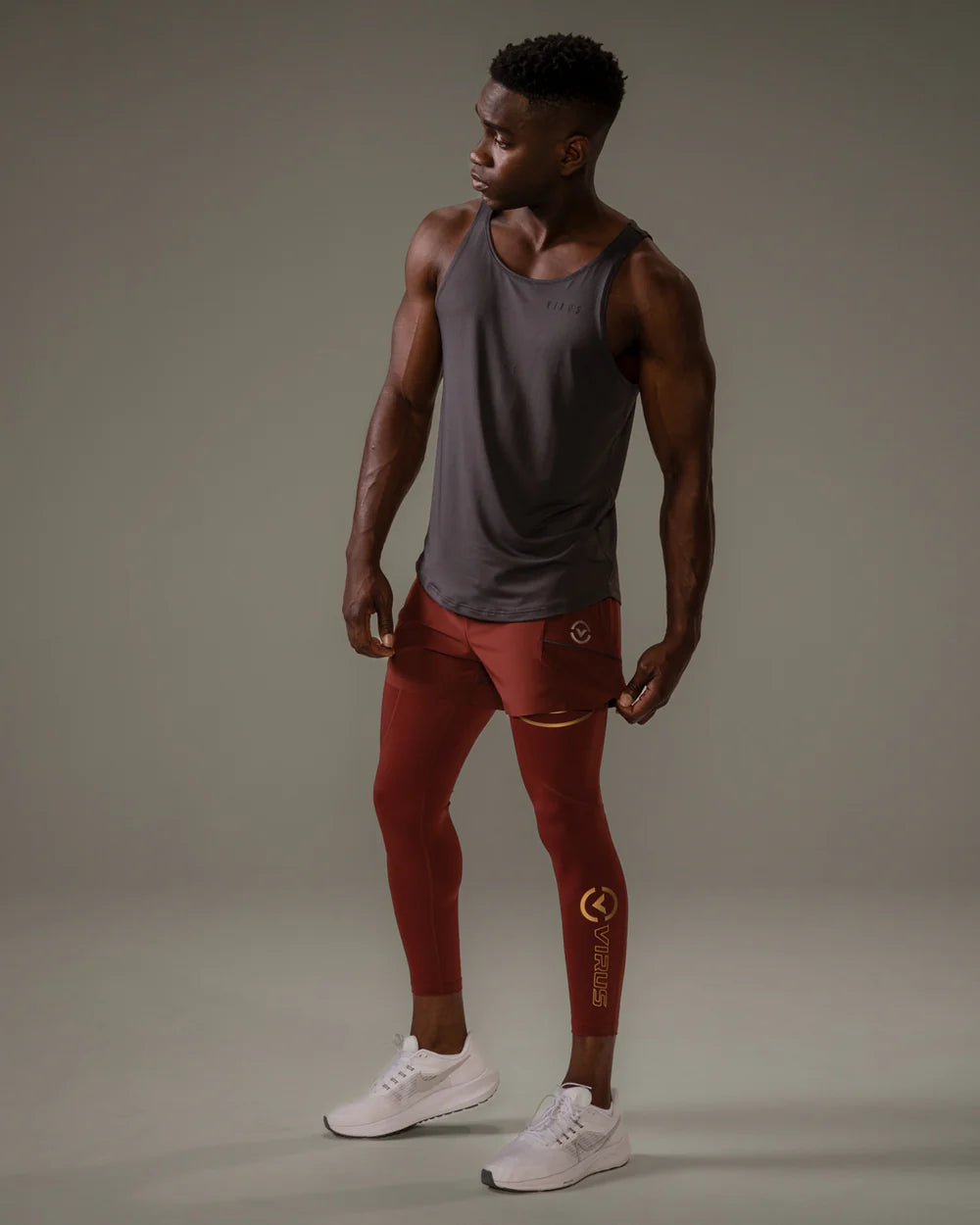
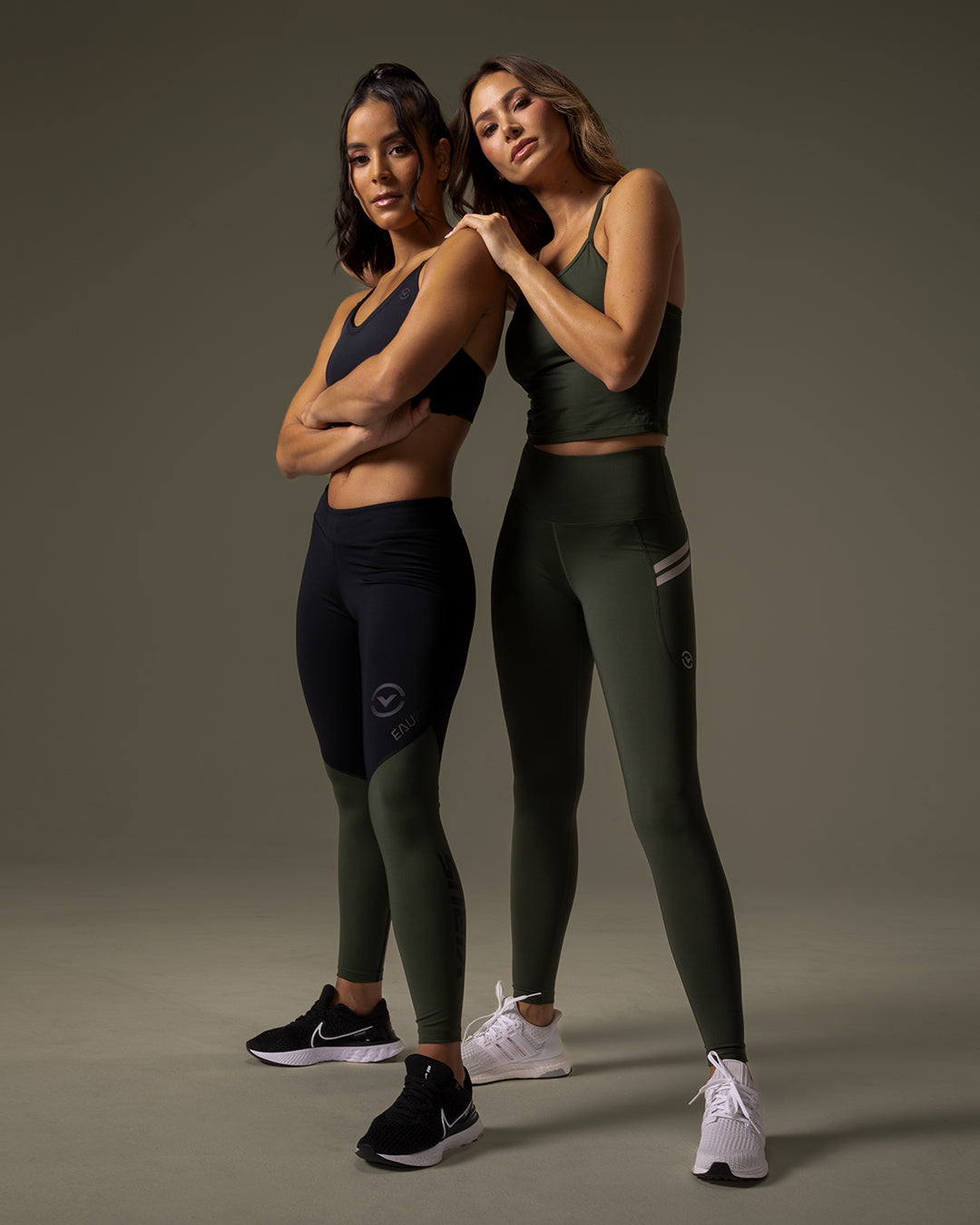

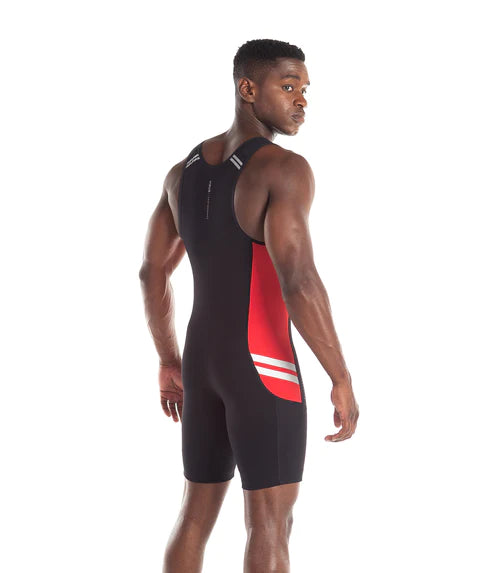



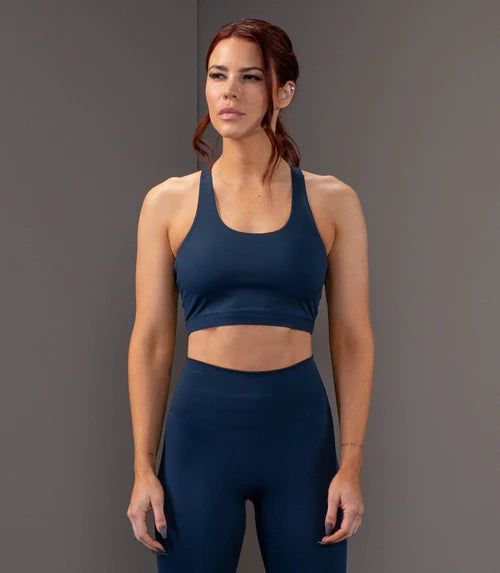
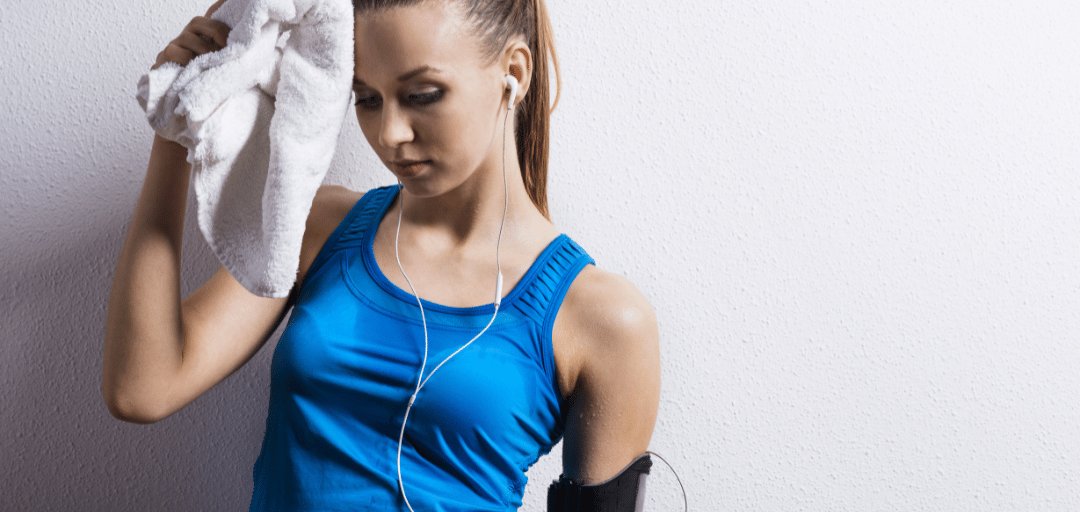
Leave a comment
This site is protected by hCaptcha and the hCaptcha Privacy Policy and Terms of Service apply.